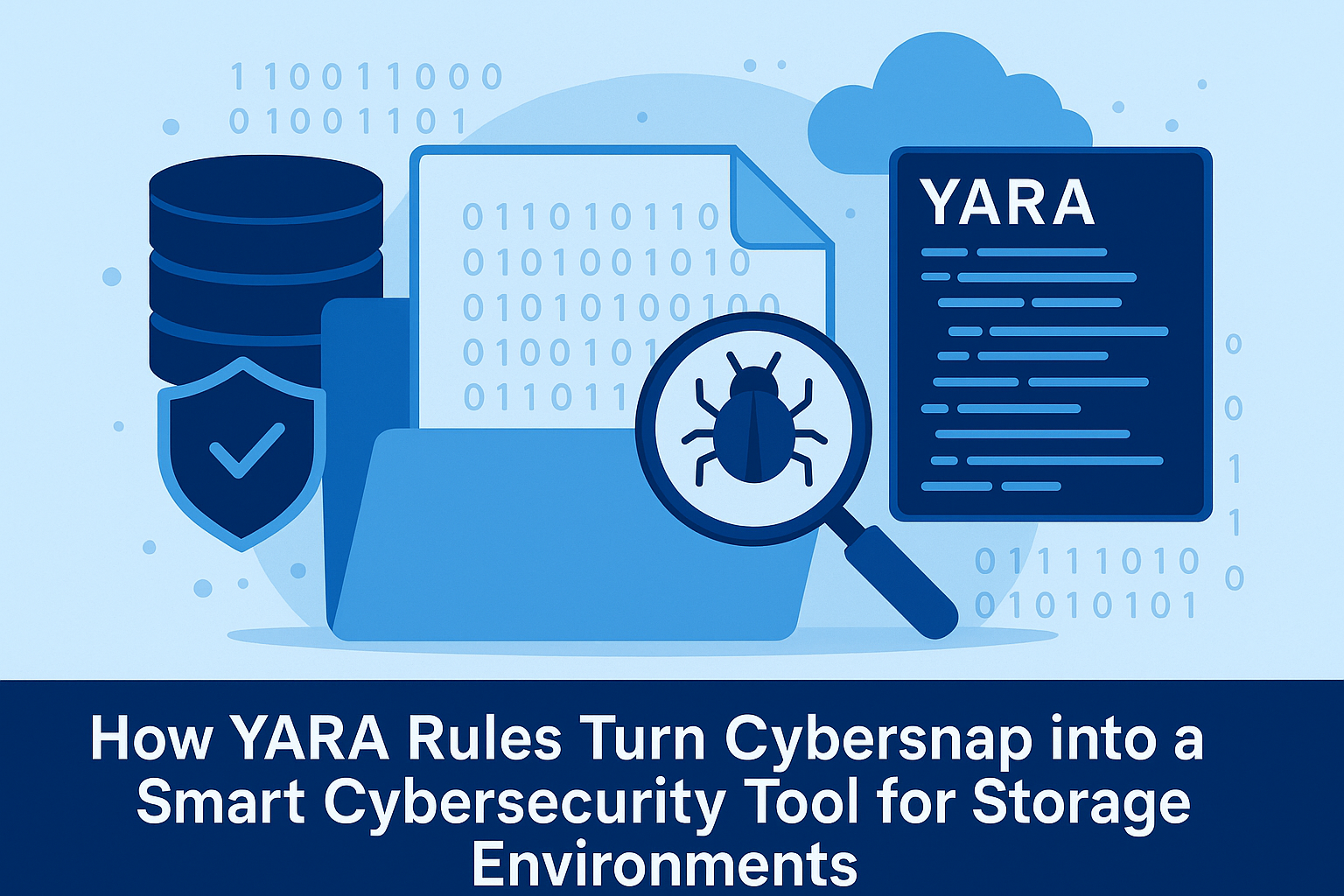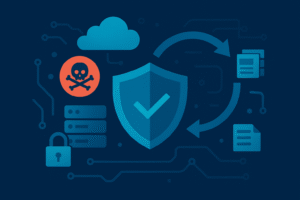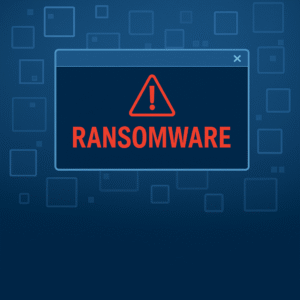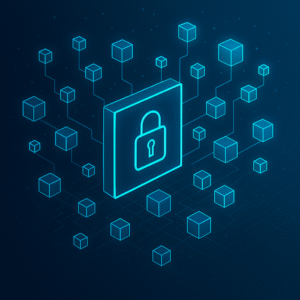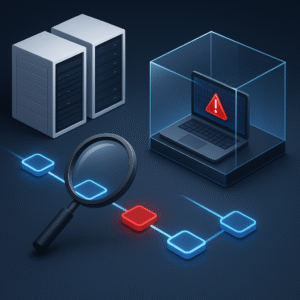As ransomware and advanced malware threats continue to evolve, organizations can no longer rely on traditional backup methods alone. Snapshots, which once served as a “clean” recovery point, have themselves become a target. Many types of malware infiltrate storage snapshots and remain dormant until the moment of recovery. The result: a backup once considered safe is now contaminated — leading to a double impact: both current data is compromised, and the recovery point reintroduces the threat.
Enter Cybersnap — a next-generation platform with a powerful scanning engine that integrates one of the most effective tools in threat detection: YARA rules.
What is YARA and Why Does it Matter?
YARA is a pattern-matching and detection engine used by cybersecurity analysts, malware researchers, and advanced security tools to identify suspicious behavior and file signatures. It operates based on custom rules that define what to look for — specific text patterns, file extensions, binary structures, or even behavioral indicators in code.
For example, a rule can detect phrases like “your files have been encrypted,” extensions like .enc, or abnormal entropy calculations that suggest heavy encryption.
In a world where malware evolves constantly, YARA empowers teams to create custom signatures that can detect new variants of known threats, or patterns specific to certain attack types — such as ransom notes, drastic file changes, or hidden structures within data.
How Cybersnap Leverages YARA to Uncover Hidden Threats in Snapshots
Cybersnap continuously scans every snapshot stored across the organization. As part of its process, it uses both predefined and custom YARA rules to search for:
- Ransom notes — files containing typical payment demand language.
- Suspicious language or unusual text in system files — anomalies that suggest tampering.
- Sudden changes or large spikes in file size — indicating mass encryption or suspicious compression.
- Known malicious file extensions — such as .enc, .lock, .xyz, and others used by ransomware.
- Encryption patterns commonly used by malware — algorithms linked to malicious activity.
This combined approach allows Cybersnap to detect unknown or novel threats that don’t yet appear in signature databases, while focusing on the files that matter most — recent or altered ones — using incremental scanning.
The Benefits of YARA Inside Cybersnap vs. Other Solutions
- Organization-Specific Customization: Each organization can define its own YARA rules based on its threat landscape, data types, and security priorities. For instance, a financial institution may target changes to reports and databases, while a healthcare provider may focus on patient files.
- Early and Targeted Detection: Unlike generic tools that rely on known signatures, YARA rules enable the detection of entirely new threats based on behavioral patterns. Even malware that has changed its appearance or delivery method can be caught.
- Complete Visibility: Combined with Cybersnap’s SnapMap, teams can visualize exactly where threats were found — down to the snapshot, file, or even specific virtual machine (VM). This transparency is critical during high-pressure recovery decisions.
- Constant Rule Updates: YARA is supported by active global security communities like VirusTotal, Sigma, and others. Cybersnap allows importing and updating rules from these sources, ensuring ongoing protection against the latest threats.
- Effortless Automation: All scans run silently in the background, requiring no manual effort. IT teams can focus on daily operations while being alerted only when real anomalies are detected.
Combined with Powerful Tools: SnapMap, Sandbox, and More
Cybersnap doesn’t rely on YARA alone. Its scanning engine integrates YARA results with visual threat mapping via SnapMap and allows isolated testing through its built-in sandbox environment — where snapshots can be analyzed before being restored to production.
Together, these tools create a full-spectrum security workflow: Detect > Analyze > Visualize > Isolate > Respond.
Conclusion
Integrating YARA into Cybersnap gives IT teams a capability they didn’t have before — the power to inspect, detect, and block threats before they come back to life. Instead of blindly trusting backups, teams can verify that snapshots are clean and safe to restore. In a world where a single snapshot can make or break a recovery, Cybersnap and YARA turn backup protection into proactive cybersecurity.
